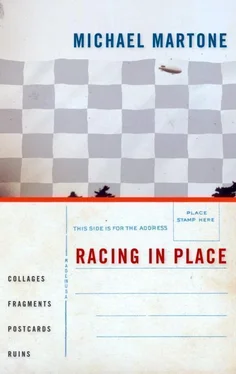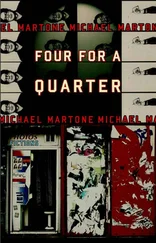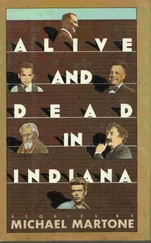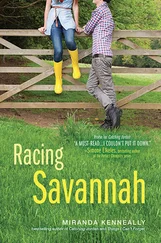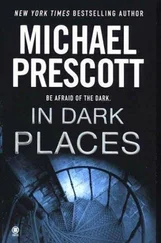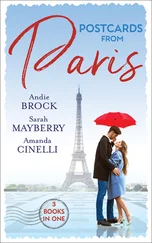Bob Knight has always hidden himself in plain sight. His world-class temper could be either the real thing or a stunning act of diversion. The discipline he brings to bear on his players might be sadistic meanness or a calculated performance deployed to motivate and inspire. Or they could be both. They could be both real and a simulation of what is real. When he explodes, he could explode or simply seem to explode. It might depend on what we who are watching desire to see.
The Coach Knight I see on the bench is like a duplicate, a replica of the real Coach Knight. This Coach Knight, in the black sweater, is a quotation of the former red-sweatered Coach Knight. Getting down the sartorial look, the mane of silver hair, the beady stare, is relatively easy. It will be more difficult to duplicate the career at Indiana, its heights of success and its spectacular crashes. In a column introducing Coach Knight to Texas quoted in the media guide, Cynthia and Randy Farley liken him to one of Hemingway's heroes, but they neglect to connect both the coach and author to the danger of their powerful creations, the trap of self-parody. Playing one's larger-than-life self becomes a monumental task. Perhaps reconstituted in Texas, this Coach Knight's only remaining real disguise is a satire of a former self.
Pas de Deux with Chair
To advertise A Season on the Brink, ESPN's first made-fortelevision movie, the network features a reenactment of the moment during Indiana's game against Purdue in the '84-'85 season when Coach Knight launched a plastic bench chair on to the court while a Purdue player was shooting a technical foul shot. The verb is important. "Launched." "Threw." "Hurled." The coach in his new book, Knight: A Coach's Life, deploys "toss," transforming the verb into a noun to title the incident "The Chair Toss," and says only that he "sent it scooting" while devoting a mere page or so to it all. He professes he is baffled by the notoriety and the longevity of the scene. Its power, however, is undeniable.
It may have been the impetus for John Feinstein, author of A Season on the Brink, the book from which ESPN's movie is adapted, to approach Coach Knight in the first place for access to cover the '85-'86 season. Feinstein views it as the nadir of a Knight decline bracketing the previous year with the pinnacle of the summer's Olympic victory in Los Angeles. Coach Knight, the student of history, discounts the chair toss in comparison to the other sideline antics of other coaches. "I consider my link to infamy," he writes, "a pretty tame one." The critical turning point that afternoon represents to him has to do with what he was wearing. He writes that it had been the first time, in a fit of frustration, he had not worn a coat and tie for a game. Had he, he says now, the jacket would have been out on the floor, not the chair. Ever since then, however, he has worn those golf shirts and the sweaters.
Not only did ESPN feature the pas de deux with chair in the commercial, it was, in each commercial, repeated several times. There it goes again and again in a kind of action stutter, cut like the multiple renditions of tables tipped in a music video's cliche of rage or a Wild Bunch ballet of blood where the same wounded cowboys fall over and over to the ground. The image of the chair sailing out over the floor is indelible, and the gesture does seem inexhaustible in its ability to deliver a kind of aesthetic delight to its witnesses. Let's see that again!
Why should the legs on the graphic images of the event surprise Coach Knight? For him it was only an act. It was staged. The coach admits as much in his memoir when arguing its trivial nature by pointing out that no one was hit.
"I made sure," he writes, "it didn't come close to anyone." It looks, to everyone but the coach, like a spontaneous authentic eruption of extreme emotion, a kind of inarticulate expression of feeling, but we are told that it was, in fact, under control, scripted even, choreographed. He would have us believe that what we are seeing is theater, but what we believe we are actually seeing is real life.
Coach Knight is toeing a line here as delicately as he toed the sideline when he threw the chair. He didn't actually go himself out on to the floor. That would have been a real transgression. In order for theater to work its Aristotelian magic the audience must recognize that what they are seeing is within the context, the frame, of a theater. There, in the confines of art, we can exercise those emotions that if expressed outside of the theater in the real world would be truly dangerous. We watch in horror and pity as Oedipus blinds himself at the same time we know that the man before us acting as Oedipus has not really been blinded. Art is framed deviance. The artist doesn't simply create the picture but also creates the means for the audience to see it.
Bob Knight is, then, a kind of performance artist. And the various arenas, gyms, and field houses are the sites of the theater of Bob Knight. So often we can see the results of his art, the stunning residue of basketball genius performed within the painted lines that frame the varnished wood floors. But at other times we miss or he neglects to transmit the signal that he is performing. Often the frames he creates, if in fact he creates them, are less clear. There is a kind of slippage in the viewers' perception that results in the registering of real horror, not its simulated aesthetic twin.
Look, here is another piece of tape. Coach Knight throttling a player's neck. Here is another. A player head-butted by the coach on the bench during a time-out. And here is another. A scene before Assembly Hall in Bloomington, a student drawn up verbally and physically after exchanging a few words with the coach. In all these instances the frame Coach Knight asserts for these confrontations is that he was in the midst of a performance, a performance of instruction. What we are being asked to witness is a teacher, teaching. There's the frame. Can we see it that way? We are compelled to watch these moments over and over again to try to assess the shadowy context. This confusion itself is interesting. Is the actor out of control or is the actor acting out of control?
Not Oedipus as much as Hamlet here. Early in the play Hamlet tells us he will feign madness in order to attain his ends. Later Hamlet apologizes for his part in the deaths of Ophelia and her father. He reminds anyone who'll listen that he was mad.
There is drama on the basketball court but it is drama you can see because of the frame of "game." The chair, a light plastic floating shell of a chair, tossed onto the court that day shattered the illusion that it was a game. It was no longer play or a play.
Niceness and Nuts
In the seats behind Coach Knight on the bench are four men who have paid $750 a piece to sit there. One of them holds up a hand-lettered sign occasionally. From where I sit, it is hard to read, but I see the words "Hoosiers" and "Knight." Hoosiers for Knight perhaps. They have come from Indiana not only for the game but for proximity to the man. They've attended a practice and the Texas Tech training table and later, after the game, will sit by me at the news conference. They bid for their places today some months ago at a Tech fund raiser in Floyd's Knobs, Indiana, hosted by Coach Knight that, until recently, had raised money for Indiana University.
It is a weird coincidence that the United Spirit Arena in Lubbock is on Indiana Avenue, that it is made of bricks made in Indiana, that its inaugural game three years ago was won by a Bob Knight-coached Indiana team. The landscape of Lubbock itself is like a Bizarro Indiana. It is flatter than the flattest part of my home state. Its surrounding farms seem more farmy, the fields measured in sections, not just acres. And the township grid, a signature of the quilted Indiana countryside, is even more pronounced here. Lubbock has out Indiana-ed Indiana.
Читать дальше
